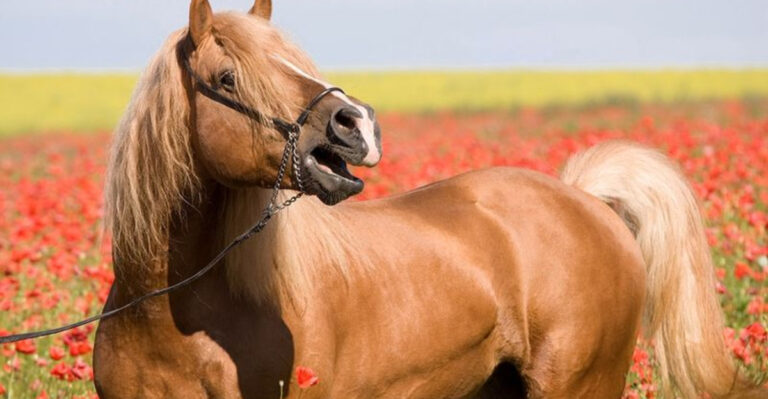The Role Of Bison In Restoring The Great Plains

Once roaming the Great Plains by the millions, bison nearly vanished from North America in the 1800s. Today, these massive creatures are making a comeback and playing a crucial role in healing damaged grasslands.
Their return isn’t just about saving an iconic species – it’s about restoring an entire ecosystem that depends on these shaggy giants.
1. Nature’s Lawnmowers
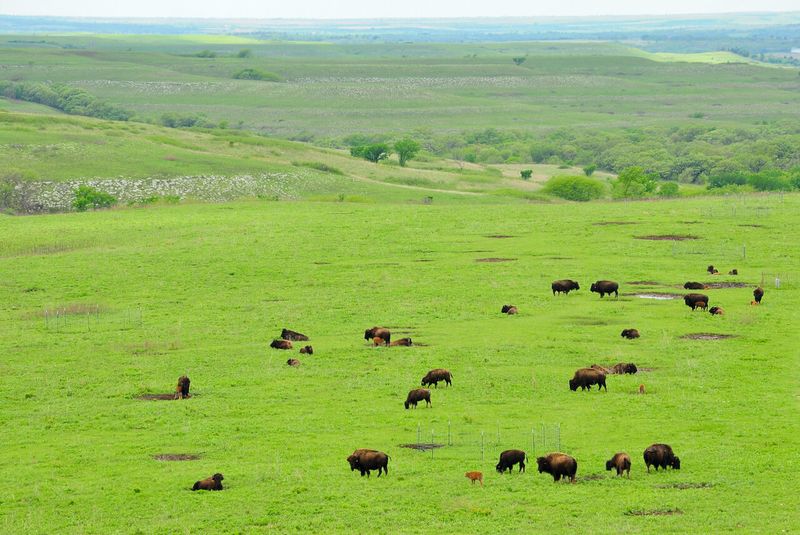
Unlike cattle that graze uniformly, bison are picky eaters! They create patchy vegetation by selectively munching on certain grasses while ignoring others.
This mosaic grazing pattern allows diverse plant species to thrive, creating microhabitats for insects, birds, and small mammals throughout the plains.
2. Soil Builders Extraordinaire
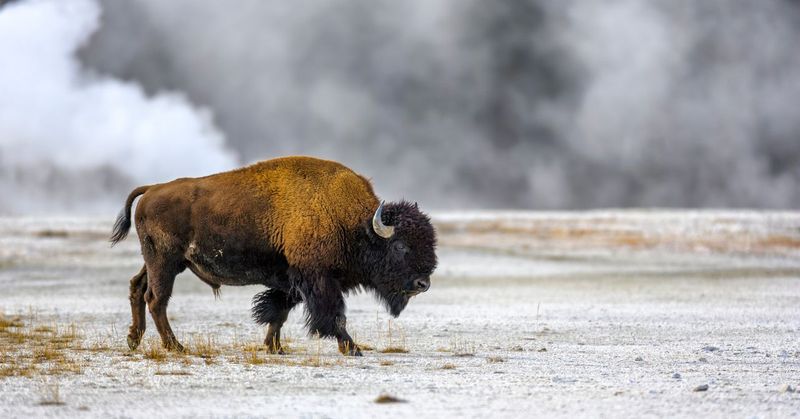
Ever seen a 2,000-pound animal take a dust bath? When bison roll in dirt, they create shallow depressions called wallows that collect rainwater and become mini-wetlands.
These wallows support unique plant communities and provide crucial habitat for amphibians and insects, adding biodiversity to what might otherwise be uniform grassland.
3. Walking Seed Dispersers
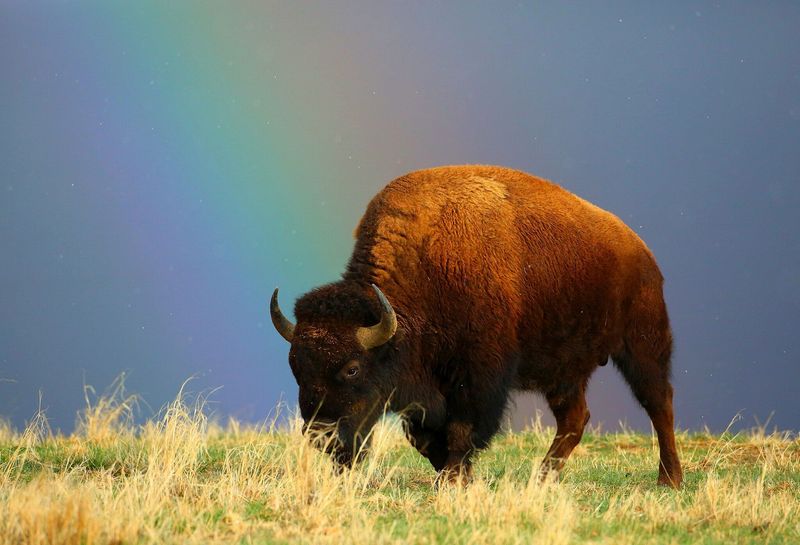
Talk about free transportation! Seeds hitch rides in bison fur or pass through their digestive systems, traveling miles before finding new soil.
A single bison can carry thousands of seeds from dozens of plant species. Their movement patterns ensure native grasses and wildflowers spread throughout the ecosystem, helping restore plant diversity to degraded areas.
4. Fire Management Partners
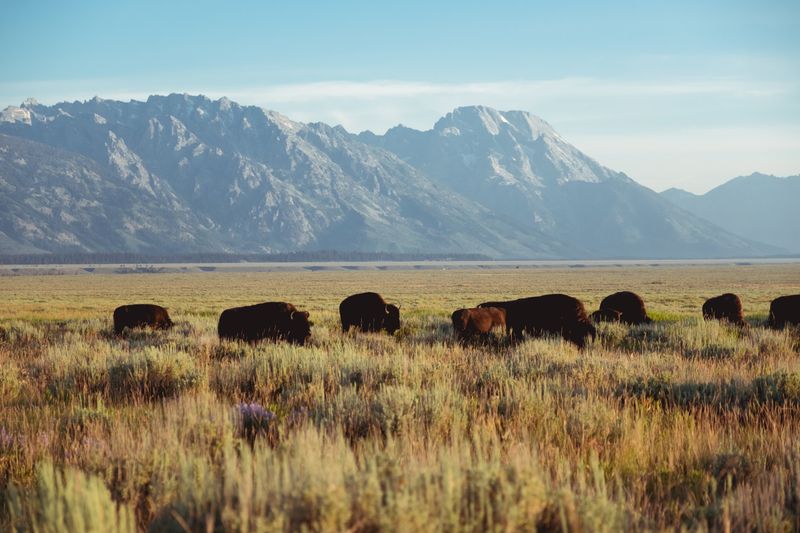
Prairie fires aren’t just destructive – they’re necessary for healthy grasslands! Bison grazing creates natural firebreaks by reducing grass height in certain areas.
Their selective feeding prevents catastrophic wildfires while allowing beneficial, smaller burns that rejuvenate the ecosystem. Indigenous peoples understood this relationship and used controlled burns alongside bison management.
5. Winter Weather Warriors
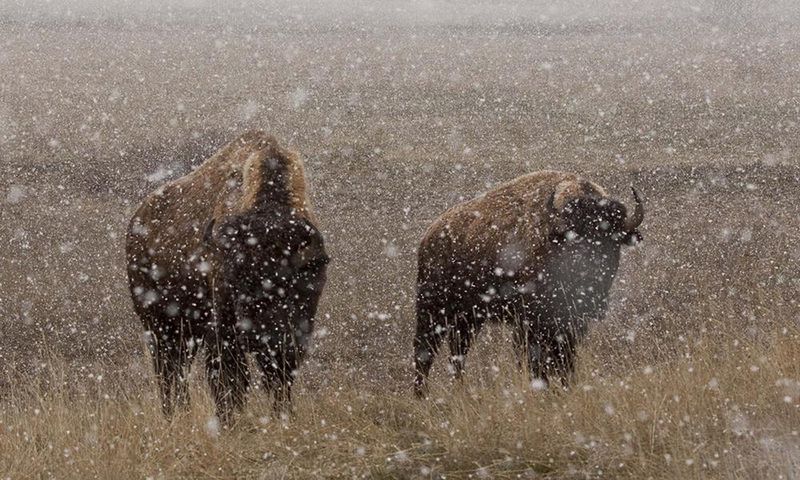
Snowstorms that send cattle running for shelter? Bison charge straight into them! Their massive heads act like snowplows, sweeping aside snow to reach buried grass.
This winter grazing behavior maintains vegetation year-round and prevents any single area from being overgrazed. Plus, it means bison need less supplemental feeding than cattle in restoration projects.
6. Nutrient Recycling Machines

Forget expensive fertilizers! Bison dung and urine distribute nutrients exactly where grasslands need them most.
Their waste contains partially digested plant material that breaks down quickly, returning nitrogen and other essential elements to the soil. One bison produces nearly 50 pounds of nutrient-rich manure daily – that’s serious fertilizing power!
7. Carbon Capture Champions
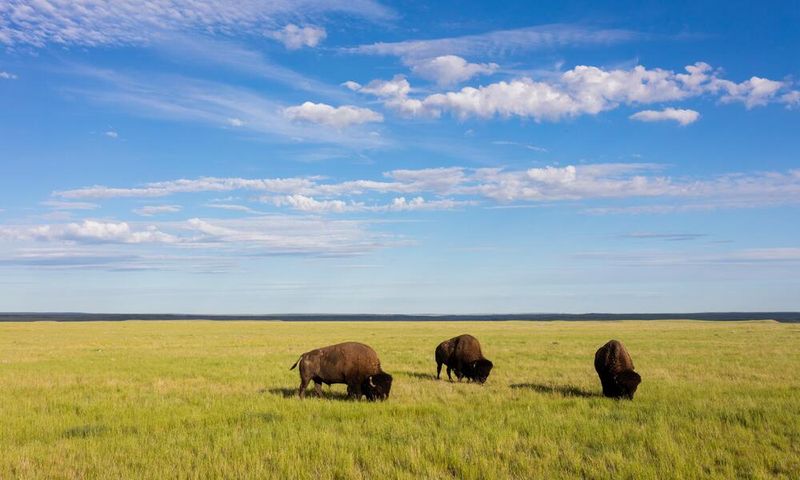
Fighting climate change with hooves! Bison grazing stimulates grass growth, causing plants to develop deeper root systems that sequester carbon underground.
Studies show that properly managed bison grazing can help grasslands store significantly more carbon than ungrazed areas. Their restoration represents one of nature’s most effective climate solutions hiding in plain sight.
8. Biodiversity Boosters

Where bison roam, wildlife thrives! Their presence creates habitat for prairie dogs, whose burrows provide homes for burrowing owls and other species.
Birds like Mountain Plovers specifically seek out areas grazed by bison. Research shows that grasslands with bison support up to 300% more bird species than similar areas without these ecosystem engineers.
9. Drought Resistance Builders
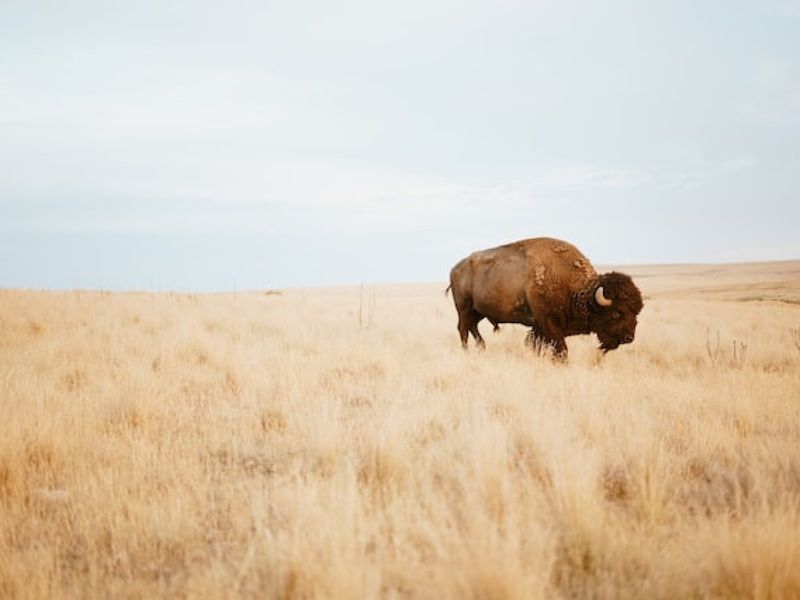
Grasslands with bison weather dry spells better than those without! Their selective grazing stimulates plants to grow deeper roots that can reach moisture far below the surface.
These extensive root networks improve soil structure and water infiltration, making the entire ecosystem more resilient to climate change. Native grasses co-evolved with bison grazing for thousands of years.
10. Cultural Restoration Heroes
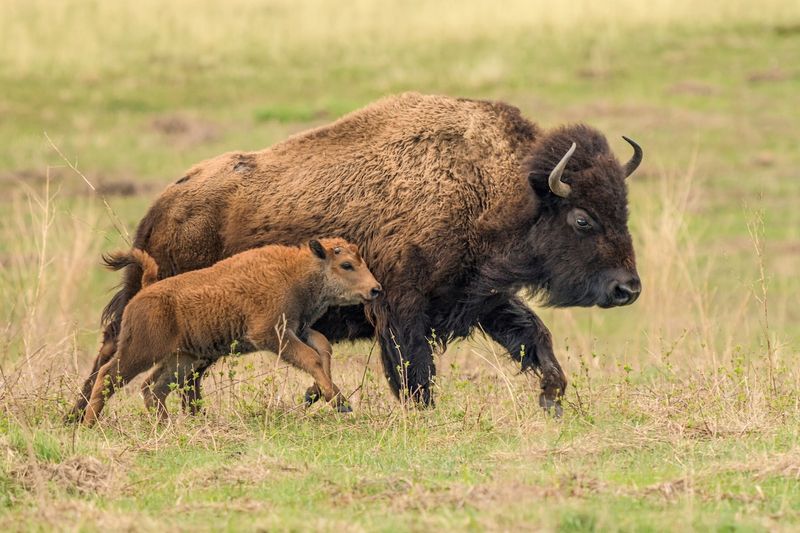
For many Native American tribes, bison represent more than ecology – they’re cultural keystone species central to traditions, spirituality, and identity.
Tribal-led bison restoration programs like the InterTribal Buffalo Council are healing both land and communities. These efforts reconnect indigenous peoples with traditional knowledge while advancing conservation goals across the Great Plains.
11. Economic Opportunity Creators

Bison restoration isn’t just good ecology – it’s smart economics! Grasslands managed with bison can generate income through sustainable meat production, ecotourism, and carbon credits.
Rural communities benefit from these diversified revenue streams. Organizations like the American Prairie Reserve demonstrate how conservation can create jobs while restoring ecosystems across the Great Plains.
12. Genetic Diversity Guardians
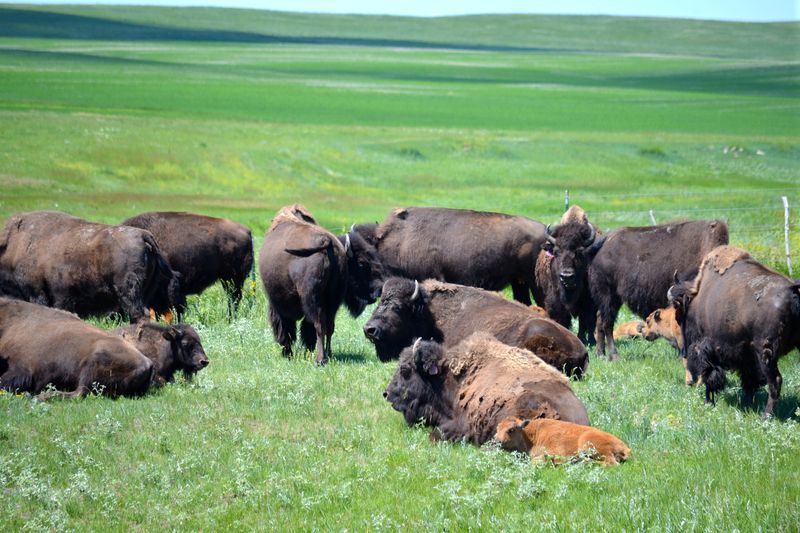
Wild bison carry unique genes that cattle-bison hybrids lack! Conservation herds preserve this genetic heritage that evolved specifically for North American grasslands.
Protecting genetically pure bison populations ensures these animals maintain adaptations for drought, disease resistance, and extreme temperatures. Organizations like Yellowstone National Park maintain crucial genetic reservoirs for restoration efforts.
13. Climate Adaptation Specialists
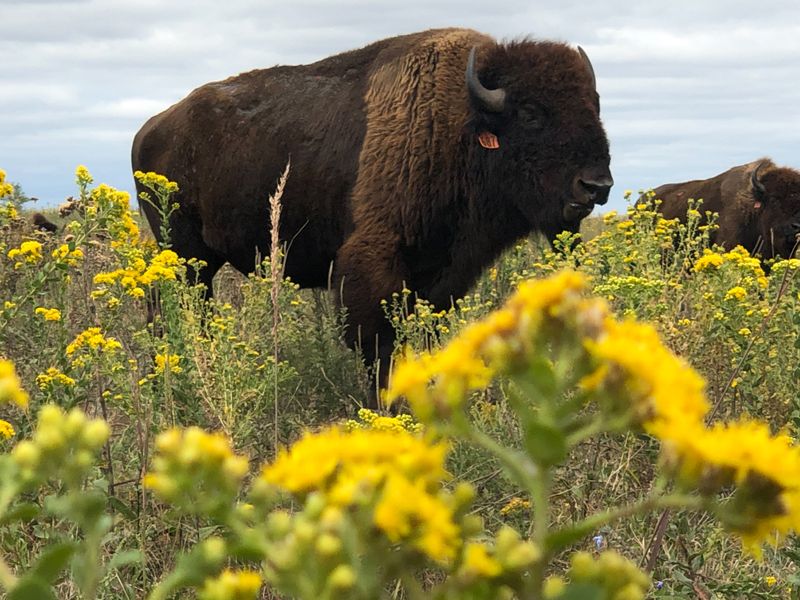
As climate changes, bison offer surprising advantages! Their natural behaviors help grasslands adapt to shifting precipitation patterns and temperature extremes.
Unlike cattle requiring significant human management, bison instinctively adjust their grazing patterns based on environmental conditions. Their presence increases ecosystem resilience – exactly what’s needed as climate zones shift across the Great Plains.
14. Keystone Species Champions

Ecologists call bison a keystone species – remove them, and the whole ecosystem collapses! Their influence extends to nearly every aspect of prairie ecology.
From soil microbes to predators, countless species evolved alongside these giants. Modern restoration efforts recognize that healthy grasslands aren’t possible without these ecological architects shaping the landscape as they have for thousands of years.


